
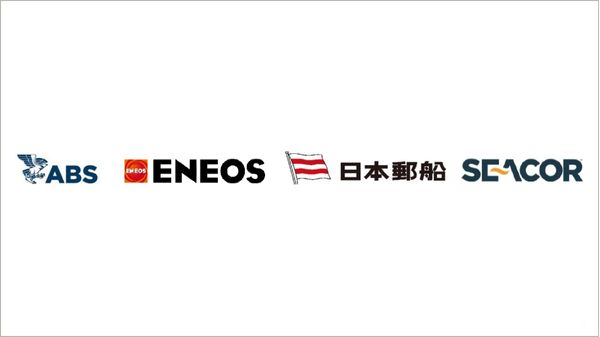
|
Four companies launch study for US methanol bunkering network
ABS, Eneos, NYK Line, and Seacor to develop ship-to-ship methanol supply operations on Gulf Coast. |
|
|
|
||
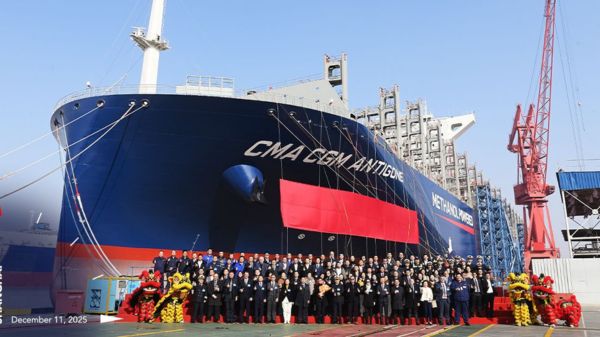
|
CMA CGM names dual-fuel methanol vessel for Phoenician Express service
CMA CGM Antigone to operate on BEX2 route connecting Asia, the Middle East and Mediterranean. |
|
|
|
||

|
Golden Island appoints Capt Kevin Wong as chief operating officer
Wong to oversee ship management and low-carbon fuel development at Singapore-based marine fuels company. |
|
|
|
||

|
LPC launches Argentine marine lubricants hub with Gram Marine
Motor Oil Hellas subsidiary partners with maritime services provider to supply products to regional ports. |
|
|
|
||
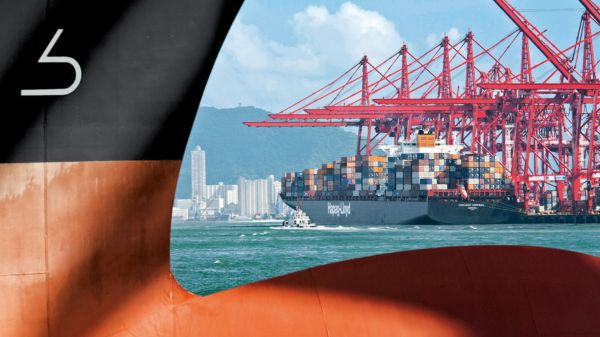
|
Hapag-Lloyd orders eight methanol-powered container ships worth over $500m
German carrier signs deal with CIMC Raffles for 4,500-teu vessels for 2028-29 delivery. |
|
|
|
||
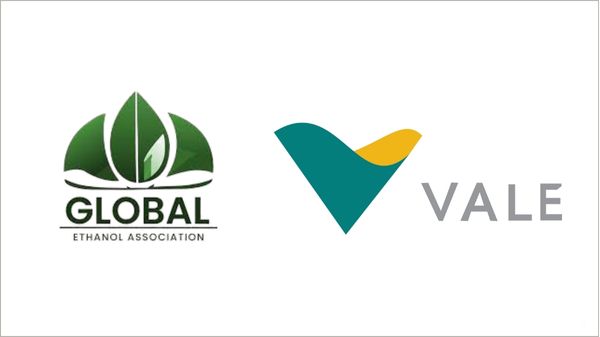
|
Vale joins Global Ethanol Association as founding member
Brazilian mining company becomes founding member of association focused on ethanol use in maritime sector. |
|
|
|
||
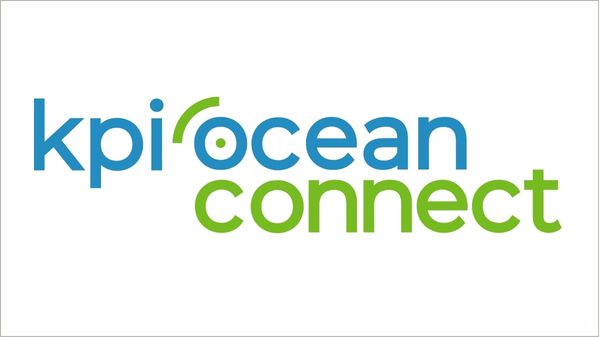
|
KPI OceanConnect seeks marine fuel trading intern in Singapore
Bunker supplier advertises role offering exposure to commercial and operational aspects of marine fuel business. |
|
|
|
||
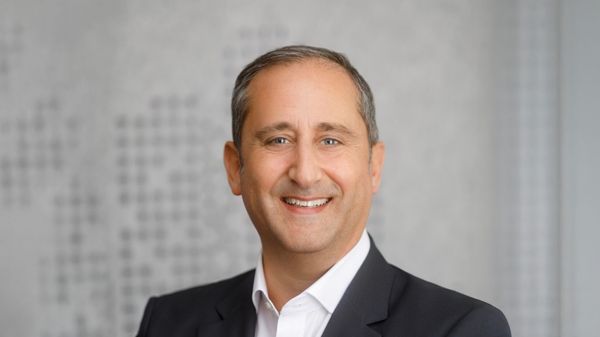
|
CSL Group's Frank Dahan appointed chair of IBIA's Americas regional board
Dahan brings 29 years of marine transportation and energy experience to the role. |
|
|
|
||
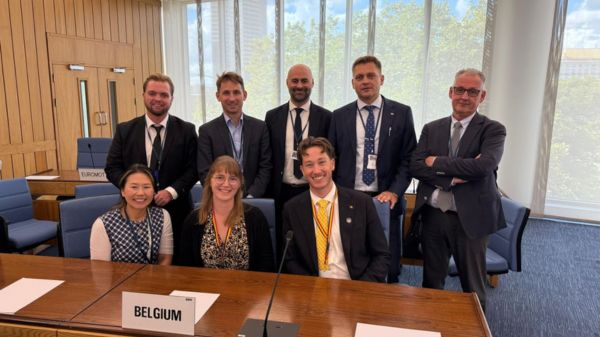
|
Lloyd's Register, EXMAR, and Belgium’s Federal Public Service develop interim guidelines for ammonia cargo as fuel
Guidelines expected to receive formal IMO approval in May 2026, enabling ammonia use on gas carriers. |
|
|
|
||
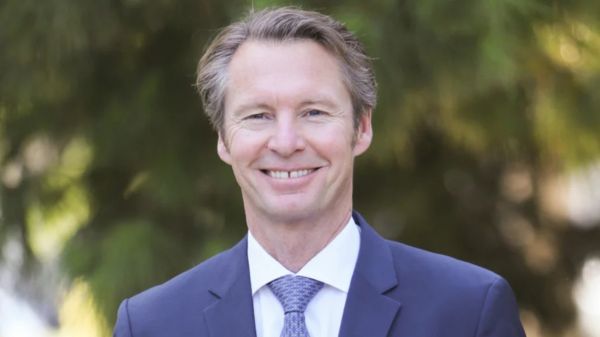
|
DNV to lead Nordic roadmap Phase 2 for zero-carbon shipping transition
Programme will identify green corridors and tackle cost barriers through new financing approaches. |
|
|
|
||
| Finnlines lengthens first vessel in new fuel efficiency programme [News & Insights] |
| Finnlines: Higher bunker prices and surcharges support rise in costs and revenue [News & Insights] |
| Finnlines aims to slash bunker costs with new vessel lengthening initiative [News & Insights] |
| Finnlines inks PureSOx scrubber performance agreement [News & Insights] |
| Finnlines profit up as bunker-saving scrubber programme reaps rewards [News & Insights] |